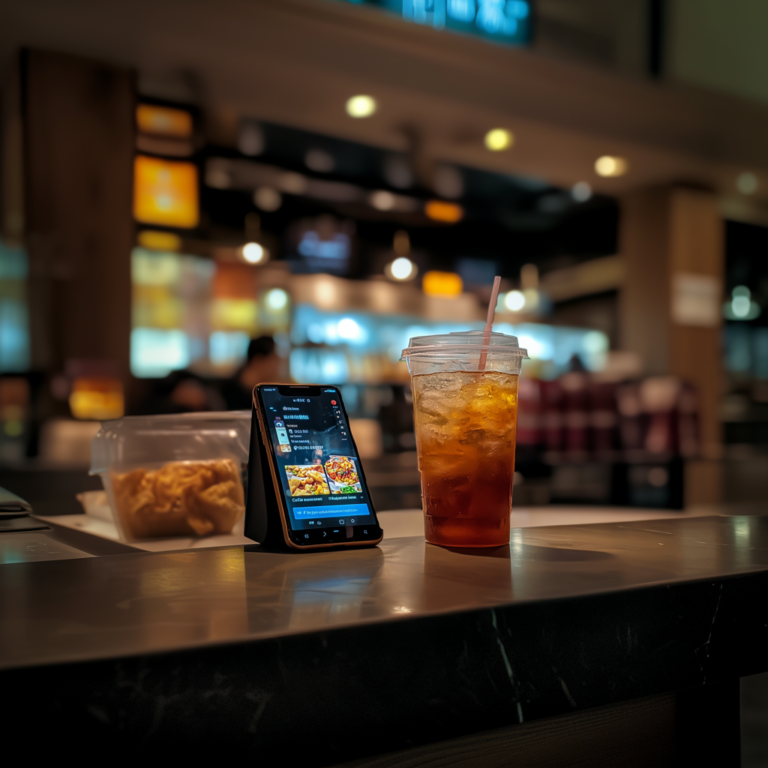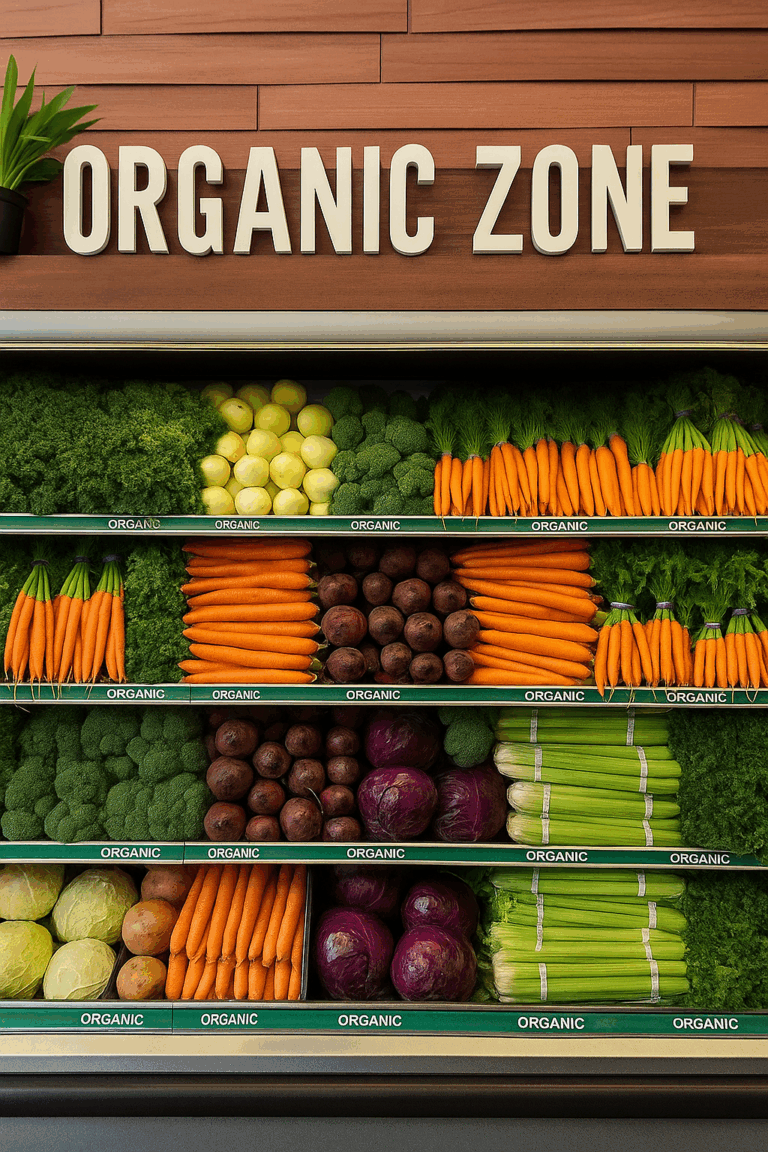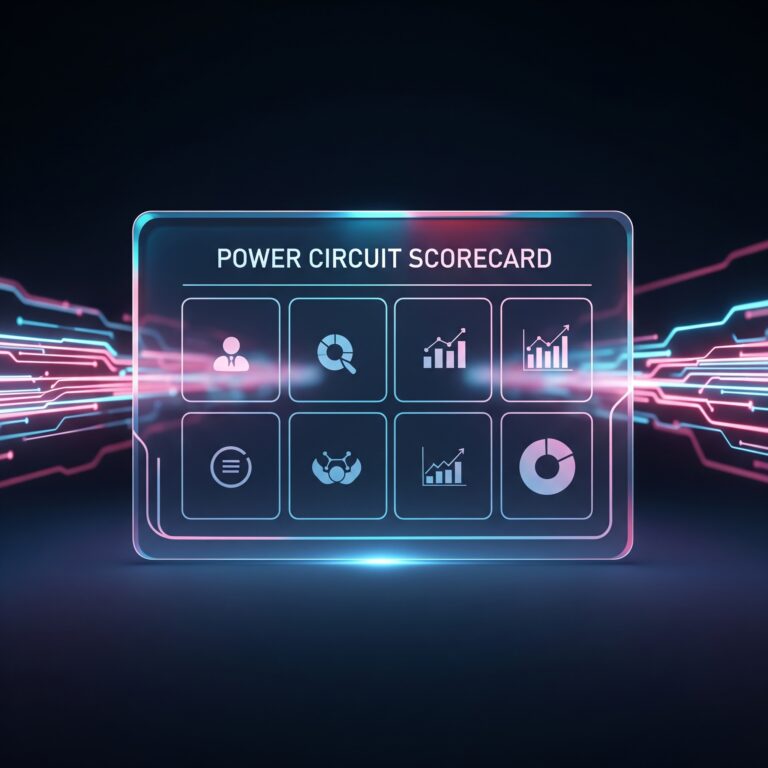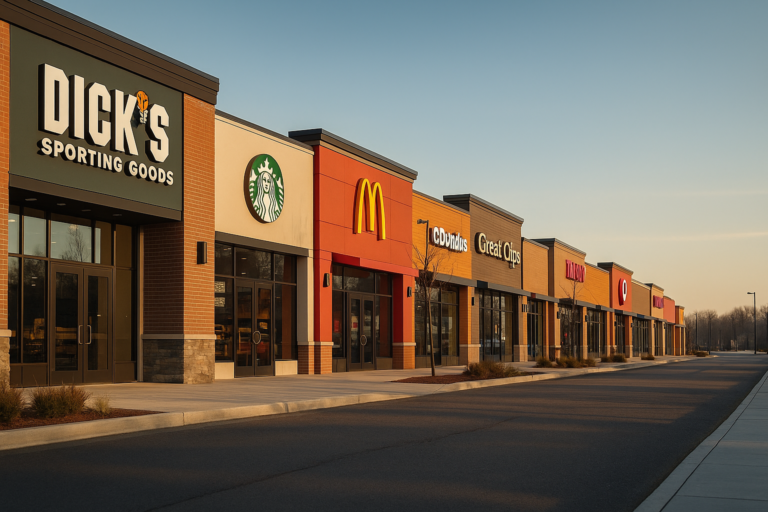The Future of Food & Beverage Marketing: Connecting Digital and Brick-and-Mortar Sales

For food and beverage brands, the line between digital and in-store sales has never been more blurred. Consumers seamlessly move between online and offline shopping experiences, making it essential for brands to craft an integrated marketing strategy that connects the two worlds. To succeed in this evolving landscape, brands must leverage advanced measurement tools to optimize campaigns based on controlled testing.
We spoke with Joy Commodore, Group Director, CPG at Power Digital, and Makenna Sekeres, Account Director at Power Digital, to discuss how brands can bridge the gap between digital and brick-and-mortar sales, maximize their marketing investments, and prepare for the future of food and beverage marketing.
The Power of Match Market Testing (MMT)
One of the biggest challenges brands face is accurately measuring the impact of digital marketing on in-store sales. As a leading digital marketing agency, Power Digital leverages matched market testing to better understand cross-channel marketing effectiveness to help drive holistic growth.
“We start by identifying the markets where we want to introduce or withhold marketing leveraging a test-and-control environment,” Commodore explains. “By identifying similar performing markets we expose some markets to media efforts for the test, while maintaining business as usual (BAU) within the other comparable markets to serve as the control. We measure the delta to understand the impact of our media efforts on the test markets.”
This strategic approach helps brands allocate ad spend effectively, ensuring that marketing dollars in the right markets lead to measurable in-store growth.
The Best Channels for Driving Omni-Channel Sales
The modern food and beverage consumer discovers brands online before making an in-store purchase. Social media, retail media networks, and programmatic advertising channels play key roles in this process. According to Sekeres, short-form video platforms are essential for brand awareness.
“TikTok and Instagram are great for top-of-funnel reach, while retail media network platforms like Amazon and Instacart, provide stronger lower-funnel opportunities where impact can be measured more directly,” Sekeres notes. “A strong strategy balances both.”
The Future of Food & Beverage Marketing
Several trends are set to shape the future of the food and beverage marketing landscape, with innovation in retail media networks, AI-driven personalization, and consumer health consciousness taking center stage.
One of the most transformative shifts is the rapid evolution of retail media networks. As platforms like Walmart Connect and Target Roundel become more advanced, they are providing brands with self-serve ad capabilities, real-time analytics, and greater control over campaign execution.
Another game-changer is the rise of AI-driven product recommendations. “AI is already influencing how consumers discover and engage with products,” Sekeres notes. “The next evolution will be integrating AI-driven personalization into retail marketing to drive higher conversion rates.”
Additionally, as consumer demand for health-conscious options grows, transparency is becoming a competitive differentiator. Commodore highlights the increasing regulatory scrutiny on ingredients like artificial dyes and preservatives, as well as rising consumer awareness around clean labels. “Shoppers are more informed than ever, and they expect full transparency from brands,” she explains. Companies that embrace transparency and ‘better for you’ brand messaging will be well-positioned to capture this expanding market segment.
As these trends unfold, brands that adapt quickly, leverage emerging technologies, and align with evolving consumer priorities will be best equipped for long-term success in the food and beverage space.
How Power Digital Helps Brands Win in the Omni-Channel Era
To thrive in the ever-evolving food and beverage market, brands must take a holistic approach to marketing. By leveraging modern measurement , retail media analytics, and staying ahead of emerging trends, brands can maximize their impact across all channels.
At Power Digital, we specialize in helping food and beverage brands optimize their marketing strategies for both digital and in-store success. Are you ready to take your food and beverage marketing strategy to the next level? Contact Power Digital today to learn how we can help drive performance across all your sales channels.
Our Editorial Standards
Reviewed for Accuracy
Every piece is fact-checked for precision.
Up-to-Date Research
We reflect the latest trends and insights.
Credible References
Backed by trusted industry sources.
Actionable & Insight-Driven
Strategic takeaways for real results.


















